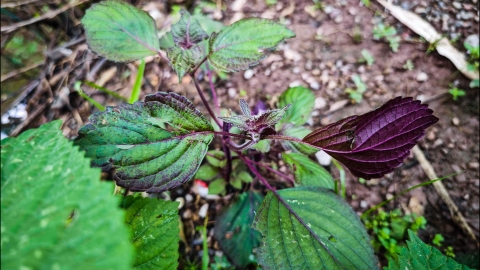Can perilla treat bronchitis?
Perilla only has a certain auxiliary regulatory effect on bronchitis of the wind-cold attacking lung type and has no therapeutic effect on bronchitis caused by wind-heat invasion or bacterial infection; it may even worsen the condition. If in doubt, it is recommended to seek medical advice in advance. Detailed analysis is as follows:

When bronchitis belongs to the syndrome of wind-cold invading the lung, perilla can play an auxiliary role. Patients of this type often exhibit symptoms such as heavy coughing, thin and white phlegm, nasal congestion with clear discharge, aversion to cold, and fever. Perilla has a warm nature and a pungent taste, which helps disperse wind-cold and relieve cough by ventilating the lungs. It alleviates bronchial spasms and reduces discomfort such as coughing and phlegm production. However, this effect is relatively limited and can only serve as an adjunctive therapy, not a substitute for standard medication.
If bronchitis is caused by wind-heat invasion or is complicated by bacterial or viral infection, perilla is not suitable. Patients with wind-heat syndrome commonly present with severe coughing, unsatisfactory phlegm expectoration, sticky or yellow phlegm, sore throat, fever with slight aversion to cold, and other symptoms. At this point, the warm and drying nature of perilla may exacerbate internal heat pathogens, leading to worsened cough and thicker phlegm. For bronchitis caused by bacterial infection, perilla cannot inhibit pathogens, and antibiotic treatment is necessary. Delaying appropriate treatment may lead to worsening of the condition.
If cough persists without improvement or symptoms such as high fever, pus-like phlegm, or difficulty breathing occur, prompt medical attention should be sought for standardized diagnosis and treatment to avoid blindly relying on perilla and delaying necessary care.






